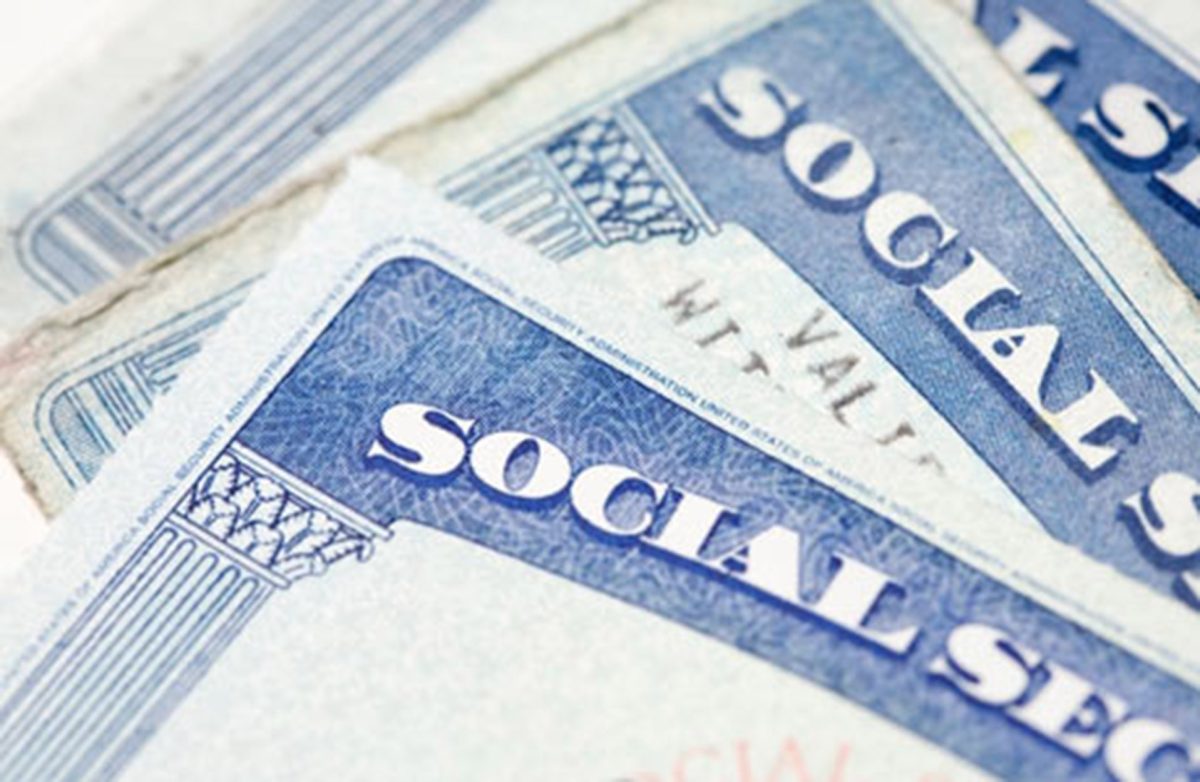Remember when Canada announced it would establish a Minister of Middle Class Prosperity, only to eliminate the role a few months later? It perfectly foreshadowed the roller coaster the Middle Class is on, according to the latest data on income inequality. Statistics Canada (Stat Can) data released today shows the disposable income gap between Canada’s wealthiest and poorest households is widening. According to the agency, the country has never seen such a wide gap since they began tracking the issue. Even more disturbing is how quickly this occurred—the income gap between Canada’s wealthiest and poorest households went from a record low to record high in 4 years, reversing decades of progress in a span of just a few quarters.
The Income Gap Between Canada’s Richest & Poorest Households Has Never Been Wider
Canada’s middle class has seen their share of wealth shrink to a new low. The income gap between the bottom 40% and top 40% of households reached 47% in Q2 2024. That’s 0.2 points higher than the previous record making it a new record for the inequality indicator, according to Stat Can. They also note they began collecting data 25 years ago, back in 1999. At least one whole generation has never experienced such inequality in Canada.
Canadian Household Income Inequality Hits A New Record
The gap between the share of disposable income earned by the bottom and top 40% of households. In percentage points.
Source: Stat Can; Better Dwelling.
The Canadian Household Income Inequality Gap Went From A Record Low To Record High In Just 4 Years
The past few months have seen an unprecedented surge when it comes to this widening gap. Just the first two quarters in 2024 would make it the second-fastest year for the erosion of income equality prior to 2020. If the growth is annualized for the full year, it would be second only to the surge seen in 2021—a correction of sorts, after 2020 reported the lowest income equality on record.
Most people are likely to assume this has to do with interest rates, since people believe cheap mortgage debt will solve all of Canada’s problems. However, it’s worth noting that the record surge in 2021 occurred during a record low for rates. That may be a hint of what’s happening here.
Wealthier Households Typically Capture A Greater Share of Wealth After Low Rate Shocks
The Dutch central bank previously found that low rate shocks generally result in the wealthiest households gaining a greater share of total wealth. Initially, rate cuts provide relief to those carrying debt and make it easier to increase leverage. The central bank found the wealthiest households are better positioned to benefit from this increased leverage, having substantially more income in the first place. The research reveals this consequently leads to the wealthiest households capturing an additional point of total wealth.
It’s easy to see why in Canada, especially with investment so heavily concentrated in housing. More leverage for wealthier households means they can purchase more investments. More leverage for lower income households means they can borrow more to pay for essentials. A point emphasized by Bank of Canada (BoC) researchers, who determined lower rates didn’t make housing more affordable for buyers, but instead allowed them to more easily absorb price hikes. Prices moved almost in lock step with falling rates and greater leverage for roughly 20 years. More recently, the US Federal Reserve emphasized a similar point.
Stat Can did find one bright spot—lower income households took the opportunity to deleverage on the debt they held. It’s an optimistic way of looking at the data, considering the decline in credit is seen at the average and most outstanding credit is mortgage debt. If younger, lower income households are priced out of the housing market by investors, it would make sense that they aren’t borrowing as fast as usual.
One person’s investment property is another person’s home. A problem the Federal Government is now keenly aware of. Shortly after making a splashy announcement about new first-time home buyer incentives, they quietly extended those incentives to investors who can actually afford the home prices they bluntly stated they intend to preserve.



















 English (US) ·
English (US) ·